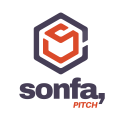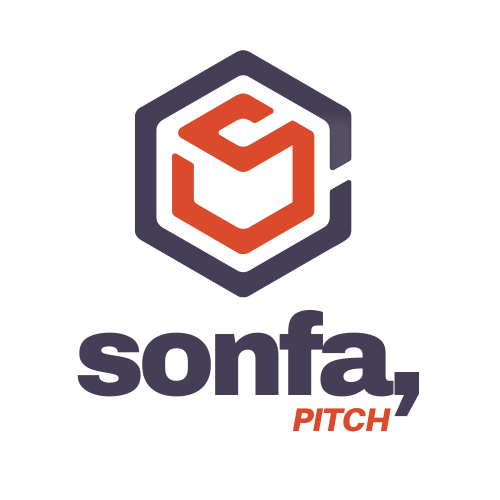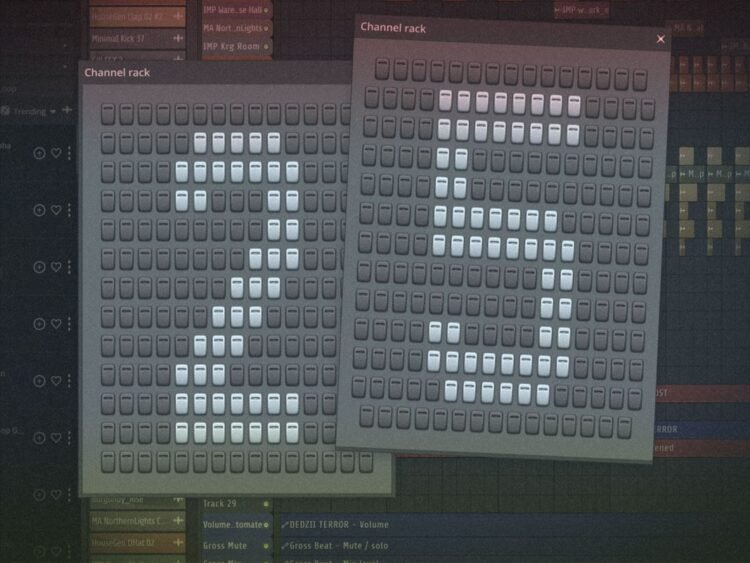FL Studio 2025 has just dropped, and it’s got some cool new stuff going on. There are some things that you might have expected, and other features you probably didn’t see coming. Probably the world’s most-downloaded DAW, it’s a free update for existing owners from any earlier version, thanks to Image-Line’s policy — it even coexists on your computer alongside the 2024 version if you want to keep both for a while.
So what’s new, and what’s missing?
There’s no radical overhaul, so upon the first boot-up, you won’t be disoriented if you’re already an FL Studio user. A big new feature that aims to inspire you is called Loop Starter. Accessed from the Channel Rack, it gives you the ability to generate and load a set of complementary loops in a range of styles from FL Cloud’s vast and ever-growing selection of samples. Crucially, it works with the free tier of FL Cloud, so even if you don’t pay extra to subscribe, you’ll still get it.
Choose from one of the available genres — techno, drum’n’bass, hip-hop, trap and more, and the sequencer is populated with a pattern of MIDI-triggered loops in that style. The loop length depends on the pattern; sometimes it’s eight bars, sometimes more. You can hit the dice icon to regenerate a different bunch of loops in the same style and tempo, either globally or for each track.

Presumably, Loop Starter will never repeat itself since it’s using an algorithm combined with a vast online library of over a million royalty-free sounds. Press the Send To Playlist button, and the data is placed into your playlist, making it more editable and part of your project.
There are nine genres to choose from in Loop Starter, and each one generates three tracks — generally drums, bass and one other, depending on the style. We can likely expect more to be added with future updates, but I’d welcome additional tracks, too.
Loop Starter generates some excellent melodies and patterns from its first use. You can send a pattern to the Playlist, randomise a new one, then send that to the Playlist and keep going, making it easy to create variations and build a track. The idea is that you then add your own material on top, and I can see the feature being invaluable not just for people looking for somewhere to start but also more experienced producers wanting a quick way to generate extra inspiration.
The 2025 update brings Dynamic Mixer Tracks. Previously, FL Studio has been limited to 140 mixer tracks; you’re now able to have up to 500. Better still, you can enter a numerical value to add as many as you need up to this limit and conversely, tell the software to remove any unused tracks with a simple command to clean up unwieldy projects.

For such a technically advanced DAW, the old track limit seemed anachronistic, and while it still doesn’t have the theoretically unlimited tracks of Cubase or Live’s top-end versions, 500 tracks is going to be more than sufficient for all but the most demanding movie composer, so that’s most people.
Here ’s a very 2025 feature: an AI-powered chatbot running inside the DAW. It’s called Gopher, has been trained on the FLS manual and other sources and works in a wide range of languages. Integrated help isn’t a new concept, but here it’s supercharged and, unlike so many virtual website assistants, actually does help you.
FL Studio is a big application with a large and unwieldy manual. Text search functions are OK, but it can still take time to find specific information. Gopher lets you parse your own questions and returns accurate and helpful answers. In the case of technical questions — “how can I create an EDM drumbeat” or “how to automate volume” for example, it gives you step-by-step instructions specific to FLS.

Gopher’s also able to answer wider production-based queries, which makes it exponentially more useful. So ask it “how to make drums sound bigger”, for example, and it comes back with a range of suggestions not only for processing but also tips for arrangements. The developers highlight Gopher as a way to use AI that is really beneficial (as opposed, presumably, to AI writing music for you and taking human creativity out of the equation), and we’re minded to agree. It’s seamless and incredibly useful, and we’d have to assume it will improve and expand over time as well. Don’t be surprised to see other DAW developers go down a similar route in future, it’s just that much better than conventional manuals.
There’s a grab bag of other smaller but very welcome changes as well. Audio clips can be stretched, pitched and reversed directly from Clip Properties — overdue compared to how long some competitors have been able to do this, but still. There’s a new Mobile Rack which brings the seven instruments and 29 effects from FL Studio Mobile directly into the desktop version, as well as a new FL Studio Remote app, replacing the IL Remote.

Emphasis is a new multi-stage compression mastering plug-in for squeezing gain out of your tracks, though it’s exclusive to the All Plugins Edition, and there’s also a new VFX Script plugin for turning Patcher setups into complex audio applications. If you’re not a coder, you can download scripts from the FLS forums. You get a new melodic techno FLEX pack with 150 presets, the Chord Progression Tool now lets you generate basslines to go with your progressions, and several plugins (BassDrum, Sakura, Drumaxx)get updated vector UIs, making them scalable.
With this update, Image Line has chosen to make FL Studio better at what it does well rather than trying to push out into areas where it’s traditionally not as well-equipped as other DAWs — scoring, movie support, notation, deep audio editing — but that’s OK. The new Loop Starter and Gopher functions, plus greatly expanded track count support, will be genuinely useful for its users and, given their design, will almost certainly improve over time as well. We’re halfway through 2025, but we’re glad this finally arrived.
Find out what else is new in FL Studio 2025.

Playing in bands in the 90s led Hollin into the world of production, joining MusicTech on issue 2 in 2003. With several internationally published books on composition and software he is an expert in Apple and consumer tech, having written for most leading Mac publications for many years. He is also a commercial photographer with work appearing in the national press.
Get the MusicTech newsletter
Get the latest news, reviews and tutorials to your inbox.






